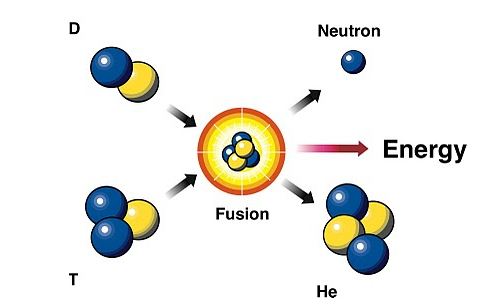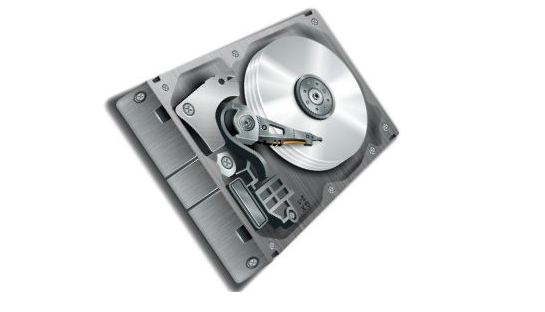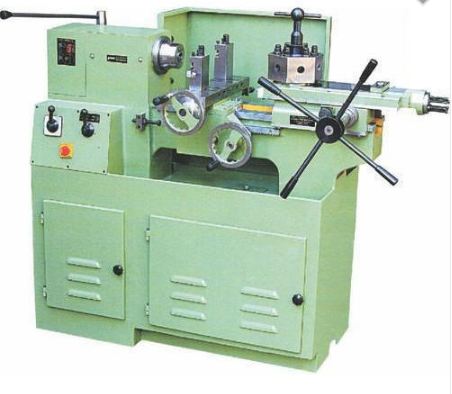Gouraud Shading Vs Phong Shading: What Is The Difference?
What Is Gouraud Shading? Gouraud Shading is an interpolation method used in computer graphics to produce continuous shading of surfaces represented by polygon meshes. Gouraud shading was developed by Henri Gouraud and was first published in 1971. In practice, Gouraud shading is most often used to achieve continuous lighting on triangle surfaces by computing the light … Read more



